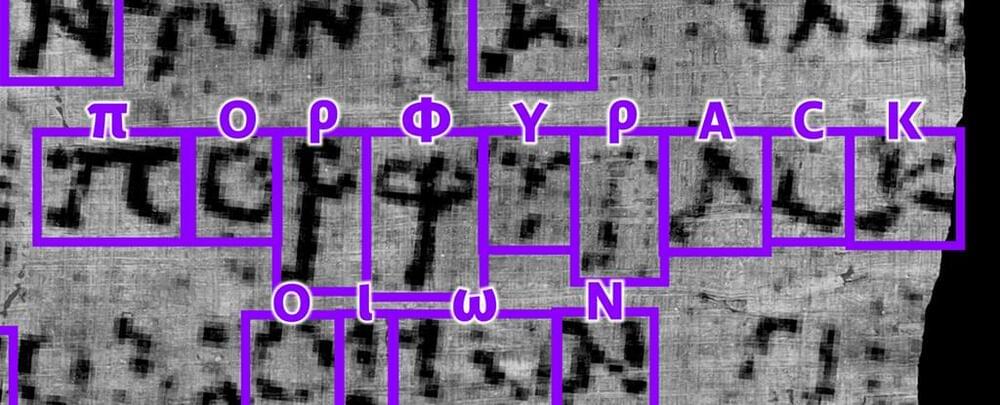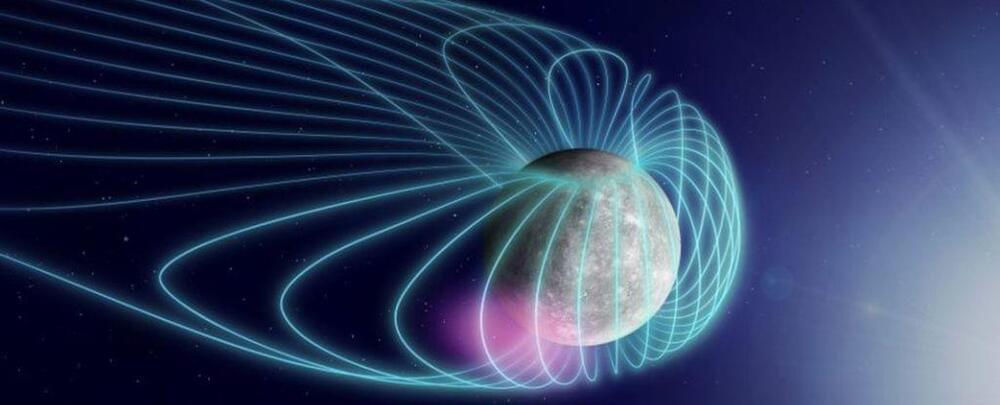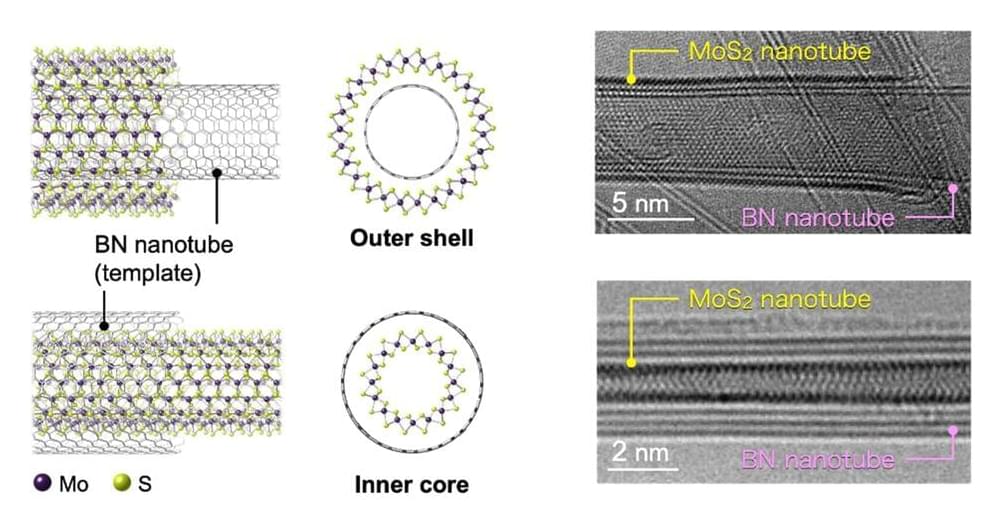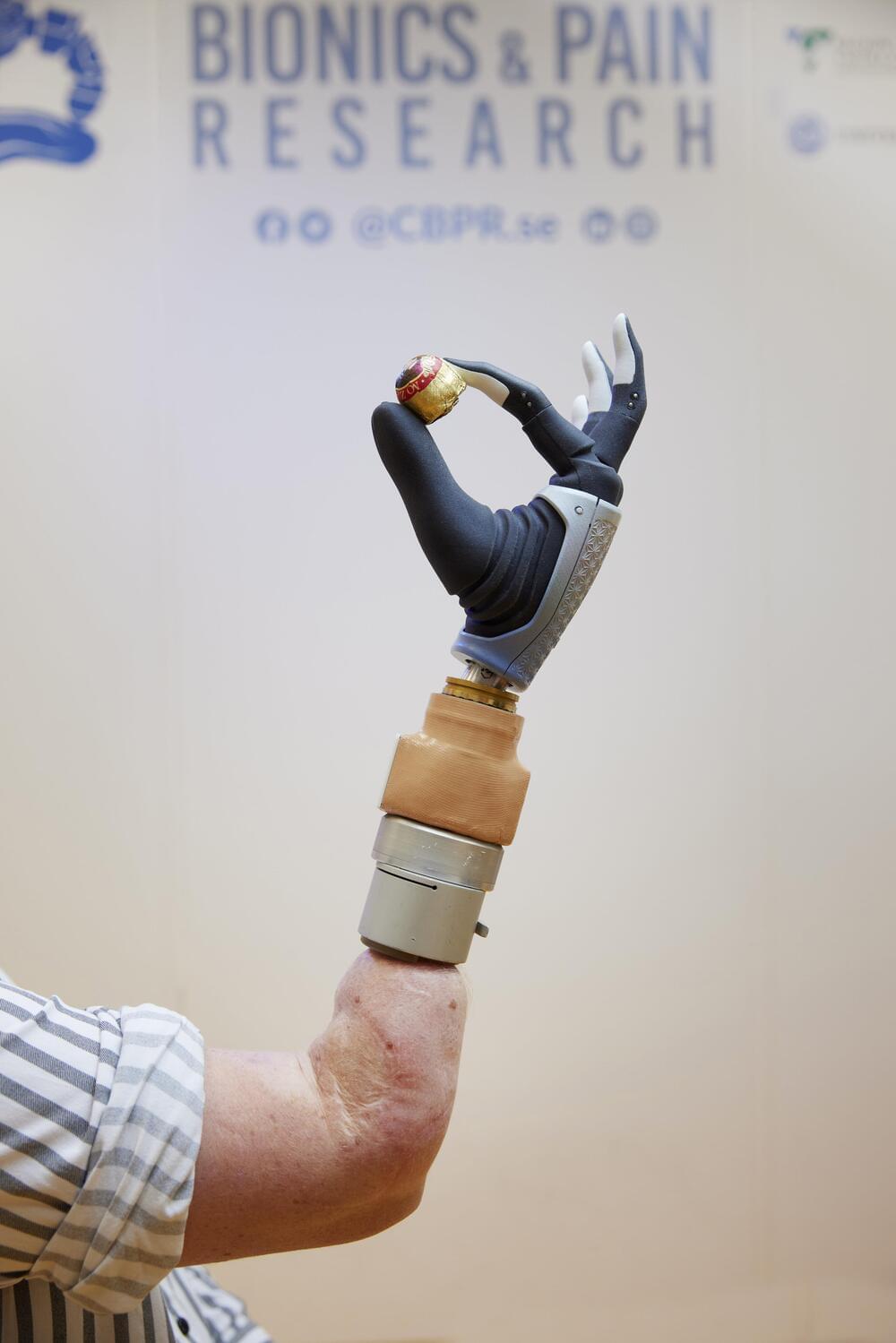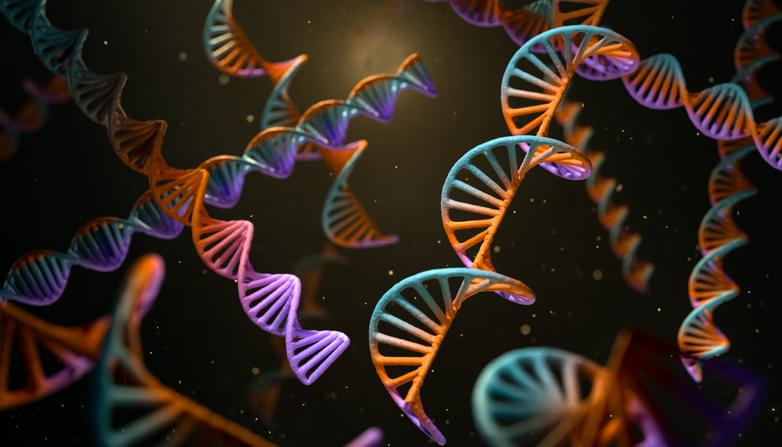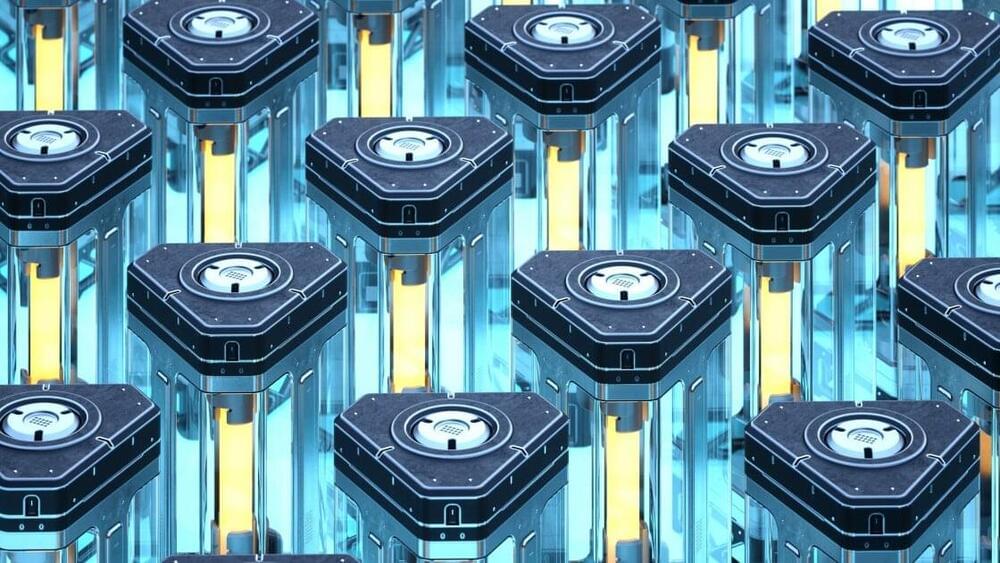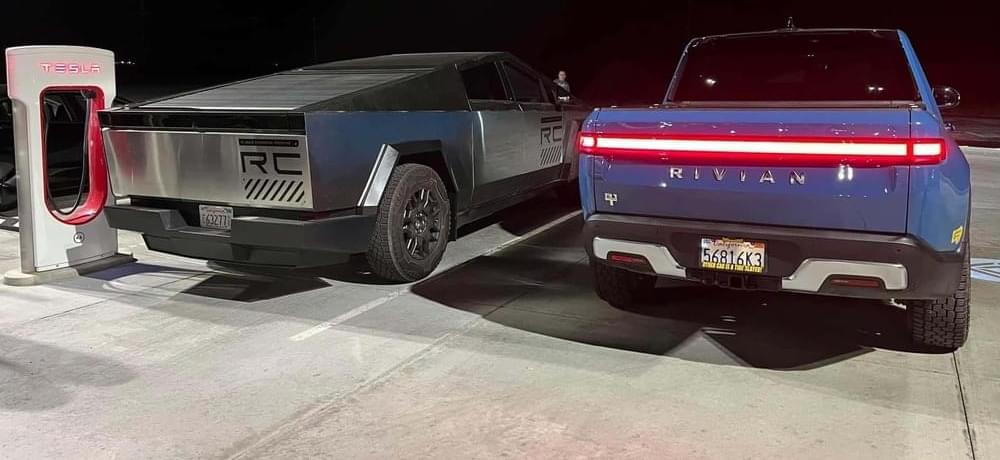As you might imagine for a scroll that has been buried under mounds of volcanic ash from Mount Vesuvius for close to 2,000 years, the rolled-up papyrus excavated from the ancient Roman city of Herculaneum is rather difficult to open, let alone read – but AI has found a way.
Scholars from the University of Kentucky launched the Vesuvius Challenge in March, releasing thousands of X-ray images of charred, carbonized Herculaneum scrolls together with untrained artificial intelligence software that could be used to interpret the scans.
Now two students have claimed the first prizes to be awarded: Luke Farritor, a computer science student at the University of Nebraska-Lincoln, and Youssef Nader, a biorobotics grad student at the Free University of Berlin in Germany.
